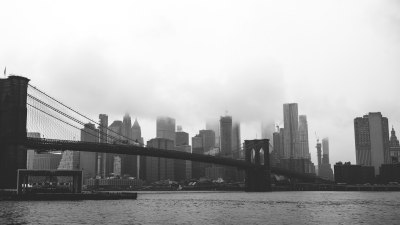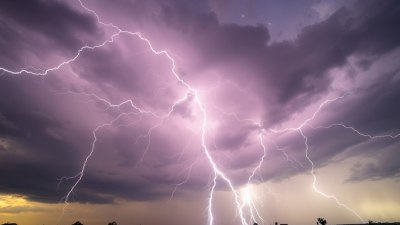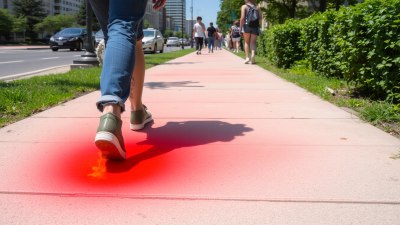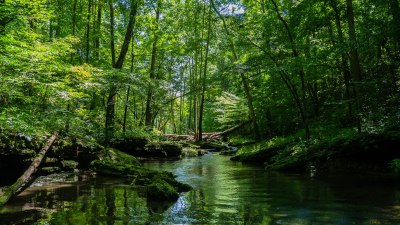Why Fog Makes Everything Feel a Bit More Haunted and Deep
Explore how fog alters perception, evokes emotions, and creates eerie, profound atmospheres in nature and storytelling.
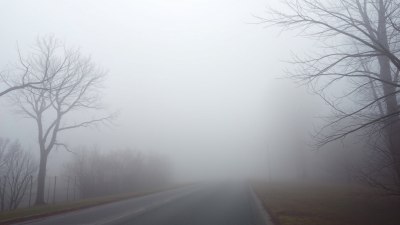
Fog is one of nature’s most evocative weather phenomena, capable of transforming familiar landscapes into scenes of mystery and suspense. When the world is shrouded in a thick veil of mist, the environment feels subdued, altered, and a bit otherworldly. This foggy cloak softens the outlines of trees, blurs distant horizons, and dampens colors, creating a sensation that is not just visual but deeply atmospheric. The reason fog makes everything feel a bit more haunted and deep lies in the complex interplay between sensory perception, psychological associations, and cultural storytelling.
At its core, fog affects our senses by limiting visibility. The familiar landmarks that orient us in daily life become obscured or disappear entirely. This loss of visual clarity can trigger unease because humans, as highly visual creatures, rely on clear sightlines to feel safe in an environment. In dense fog, the ambiguity of the surroundings fosters a sense of vulnerability. Shadows can shift unpredictably, movements become harder to detect, and sounds may seem muted or eerily amplified. These altered sensory experiences heighten alertness and create tension, which many interpret as a ‘haunted’ or supernatural feeling.
The Science Behind Fog’s Atmospheric Influence
From a scientific standpoint, fog consists of tiny water droplets suspended in the air near the ground. These droplets scatter light, diffuse colors, and reduce contrast. The scattering of light can soften everything it touches, causing edges and contours to blur. When light struggles to penetrate fog fully, distant objects become vague shapes or disappear into whiteness and gray. This suppression of detail leaves more to the imagination—our minds attempt to fill gaps with assumptions, often favoring ominous or eerie interpretations because unpredictability breeds caution.
Additionally, fog affects the way sound travels. Sound waves tend to bend or refract in foggy conditions, leading to strange auditory effects like muffled footsteps or faint, distorted noises. The damping of sound decreases environmental cues that normally aid in recognizing threats or landmarks. This auditory distortion compounds visual uncertainty, effectively isolating the observer in an ambiguous sensory bubble.
Psychological Reactions to Obscured Environments
Psychologists explain that unfamiliar or obscured environments tend to trigger anxiety and fear responses. The inability to clearly assess a setting taps into ancient survival instincts. Historically, humans hunted and gathered in open landscapes where seeing predators or prey at a distance was vital. When fog reduces this ability, the brain’s threat detection systems become more active. Thus, fog naturally primes people to feel heightened caution, which can be interpreted as a ghostly or haunted sensation.
Moreover, fog’s associated emotional tone is also connected to symbolism and personal memories. Many people link fog with quiet solitude, introspection, and melancholia. This emotional depth can evoke feelings beyond fear—such as nostalgia or a connection to the mysterious unknown. The foggy scene becomes a metaphorical landscape for the subconscious, a murky space where hidden truths or feelings might emerge.
Fog in Literature, Folklore, and Pop Culture
Across cultures and throughout history, fog has prominently featured in folklore and gothic literature as a symbol of mystery and the supernatural. Classic ghost stories often use fog to enhance the eerie atmosphere, masking spectral figures and supporting themes of uncertainty and fear of the unknown. Writers like Edgar Allan Poe and Arthur Conan Doyle frequently incorporated misty settings to amplify suspense and menace.
In modern media, fog remains a staple device for horror and suspense genres. Films and video games use fog not only for visual effect but to heighten tension and unpredictability. The obscured vision forces characters—and viewers—to rely on limited cues, intensifying emotional investment and fear. Fog also implies a crossing between worlds: the physical and the spiritual, the known and the unknown.
Natural and Urban Environments Under Fog’s Spell
Fog’s haunting effect is especially striking in natural settings. Forests and mountains, when enveloped in mist, morph into ethereal realms. Trees lose their detail and appear as towering shadows, while the ground seems to dissolve into a soft gray void. Animals may seem to appear out of nowhere or vanish suddenly into the haze, making the environment feel alive yet unpredictable.
In urban environments, fog similarly transforms the familiar into something uncanny. Streetlights become ghostly orbs, buildings fade into silhouettes, and the usual noise of city life softens into a distant murmur. Urban fog evokes feelings of loneliness and isolation, as the dense mist creates pockets of quiet shrouding even bustling streets. This is why many psychological thrillers and urban legends employ foggy settings to amplify dread.
Fog and the Depth of Emotional Experience
The sense of depth that fog imparts is not merely physical—it extends into emotional and existential territories. By limiting sensory input, fog invites introspection and contemplation. The obscured world encourages focus on internal landscapes of thought and feeling. In art and poetry, fog often symbolizes ambiguity, transition, and the hidden layers of human experience.
Moreover, fog’s transience mirrors the fleeting nature of certain emotional states. Just as fog lifts and reveals clarity, moments of confusion or sadness pass, bringing renewed understanding. This dynamic adds a profound metaphoric dimension to why fog feels ‘deep’ to us emotionally.
Why Do We Find Haunted Atmospheres Fascinating?
Humans are drawn to haunted atmospheres because they engage curiosity and imagination. Encountering the unknown in a safe context—like fog-shrouded forests or ghost stories—allows us to explore fears without real danger. The eerie quality of fog stimulates creative storytelling, bonding people through shared experiences and collective myths.
Fog also blurs boundaries, creating a liminal space where ordinary rules seem suspended. This ambiguity can be uncomfortable but also thrilling. It prompts us to question what is real versus imagined, tapping into deep psychological and cultural narratives about the supernatural and the mysterious.
The Role of Memories and Personal Associations
Individual experiences also shape how fog is perceived. For someone who associates fog with peaceful early morning walks or comforting solitude, fog’s mood might lean toward calm and introspective rather than haunted. Conversely, traumatic or unsettling encounters in foggy conditions can imprint feelings of anxiety and fear.
Collectively, cultural stories and personal memories mingle to create a rich tapestry of meanings linked to fog. These layers make fog a uniquely potent sensory experience that elicits complex emotional and psychological responses.
Practical Implications of Fog’s Effects
Beyond aesthetic and symbolic meanings, fog has practical consequences on human behavior. Reduced visibility impacts driving safety, navigation, and even wildlife behavior. Understanding fog’s impact on perception can help improve safety measures and urban planning.
Yet, this same natural phenomenon reminds us of nature’s power to alter human experience profoundly. Fog connects us to primal feelings and ancient fears, bridging modern life to timeless encounters with the unknown.
Ultimately, fog’s ability to make everything feel haunted and deep comes from the way it transforms perception—visually softening the world, muffling sounds, and creating uncertainty. This sensory shift activates psychological mechanisms tied to threat detection, emotional depth, and imagination. Cultural stories then layer meaning onto these experiences, reinforcing fog as a symbol of mystery, introspection, and the supernatural. Whether in a quiet forest, a bustling city, or a piece of art, fog’s haunting presence continues to captivate and inspire.



